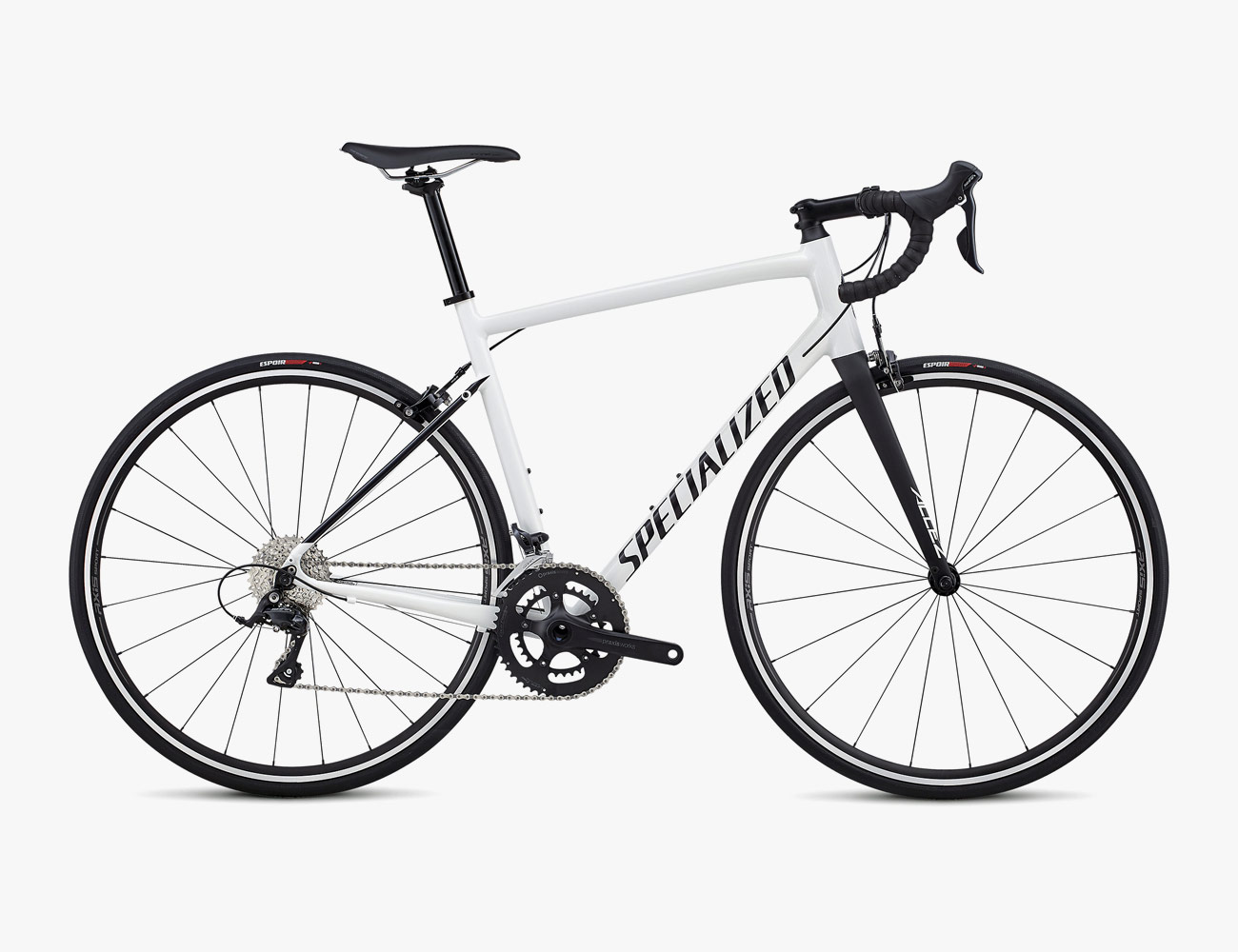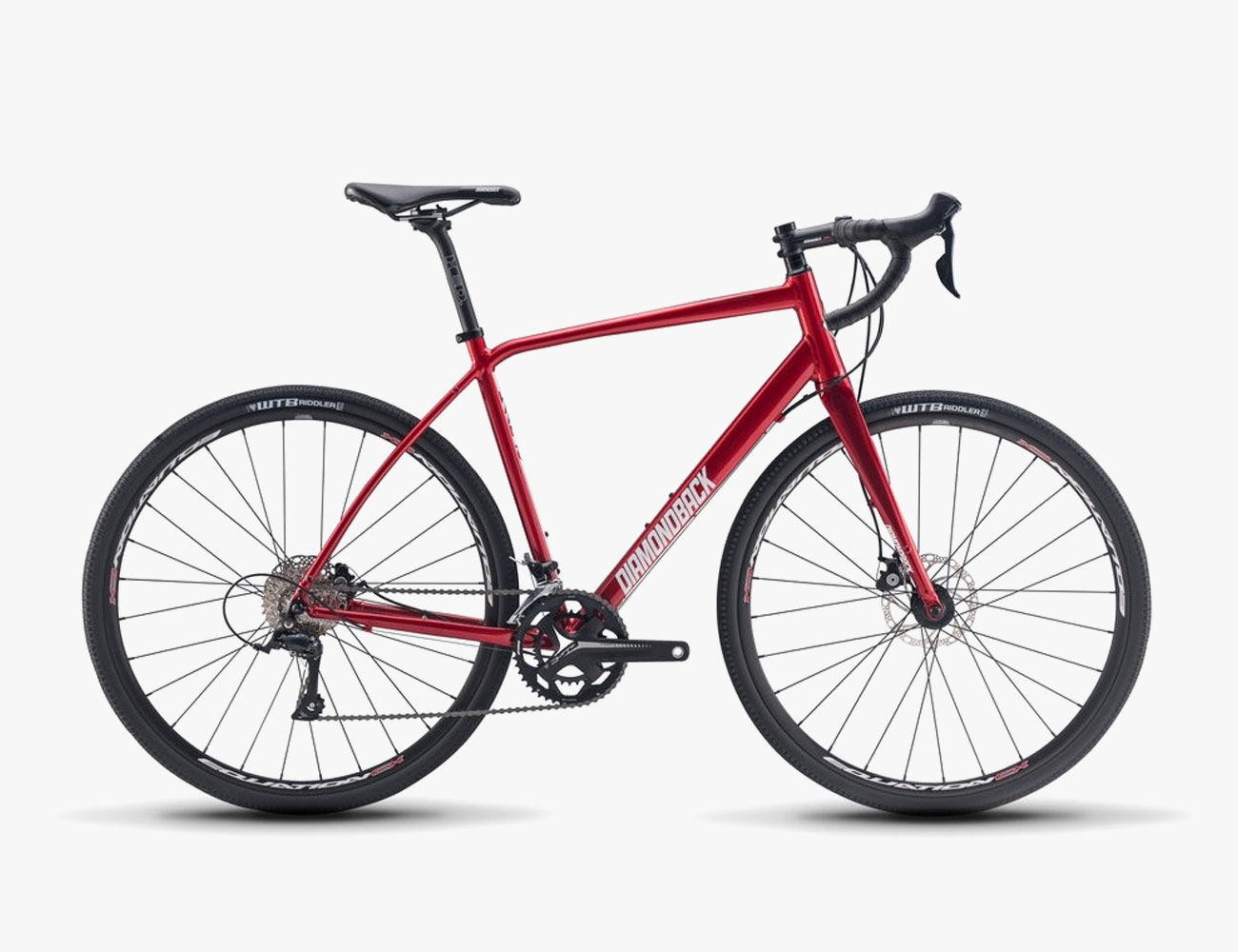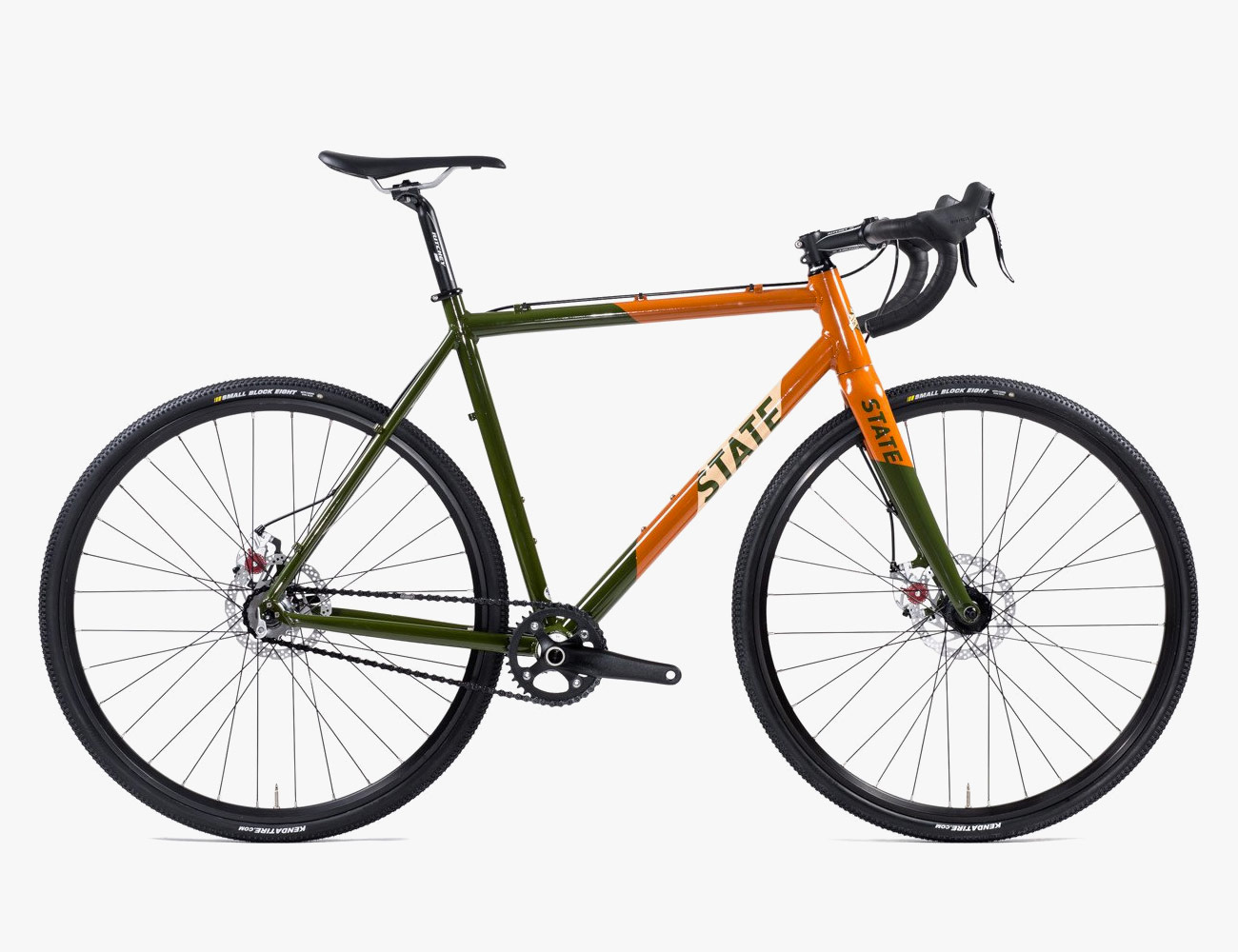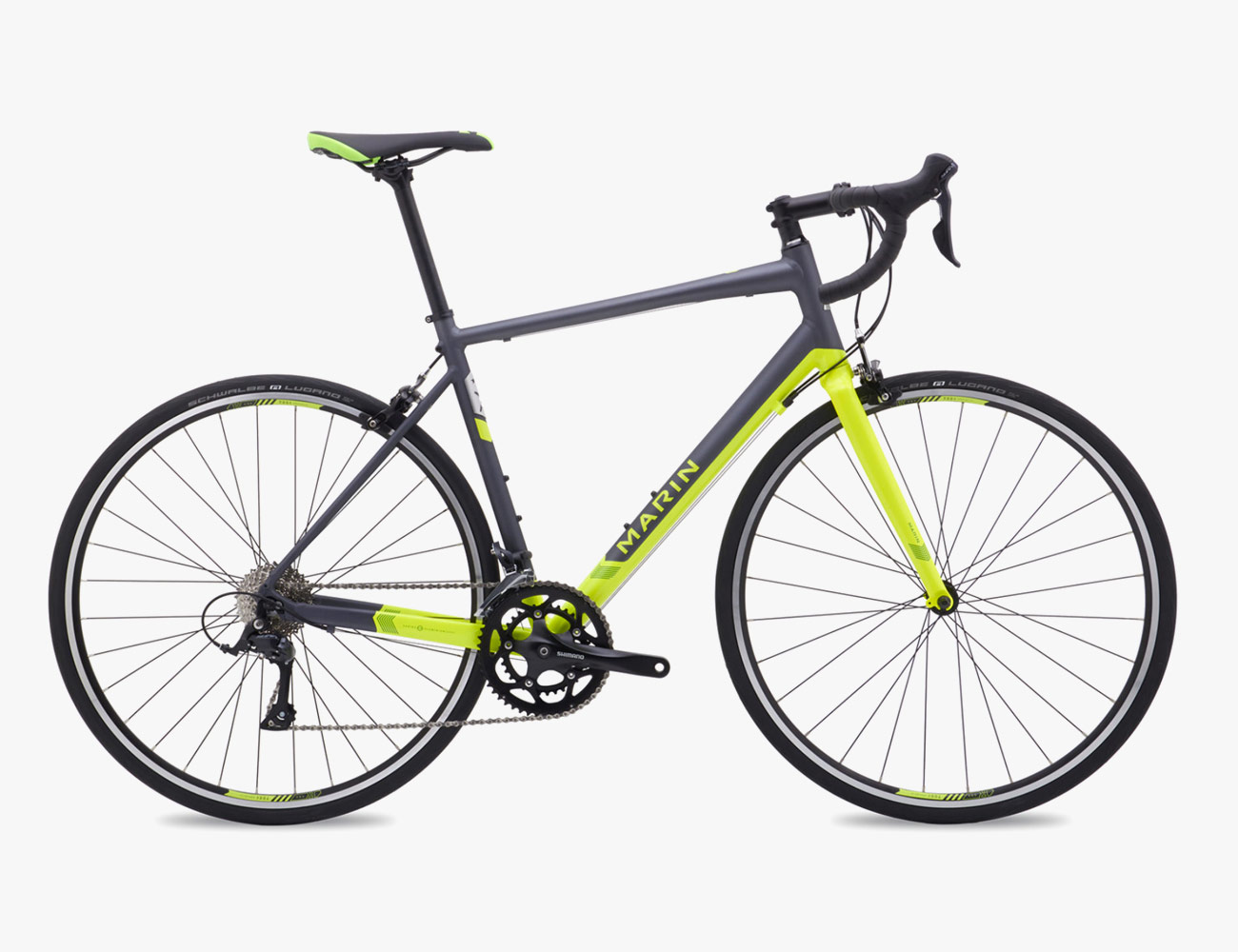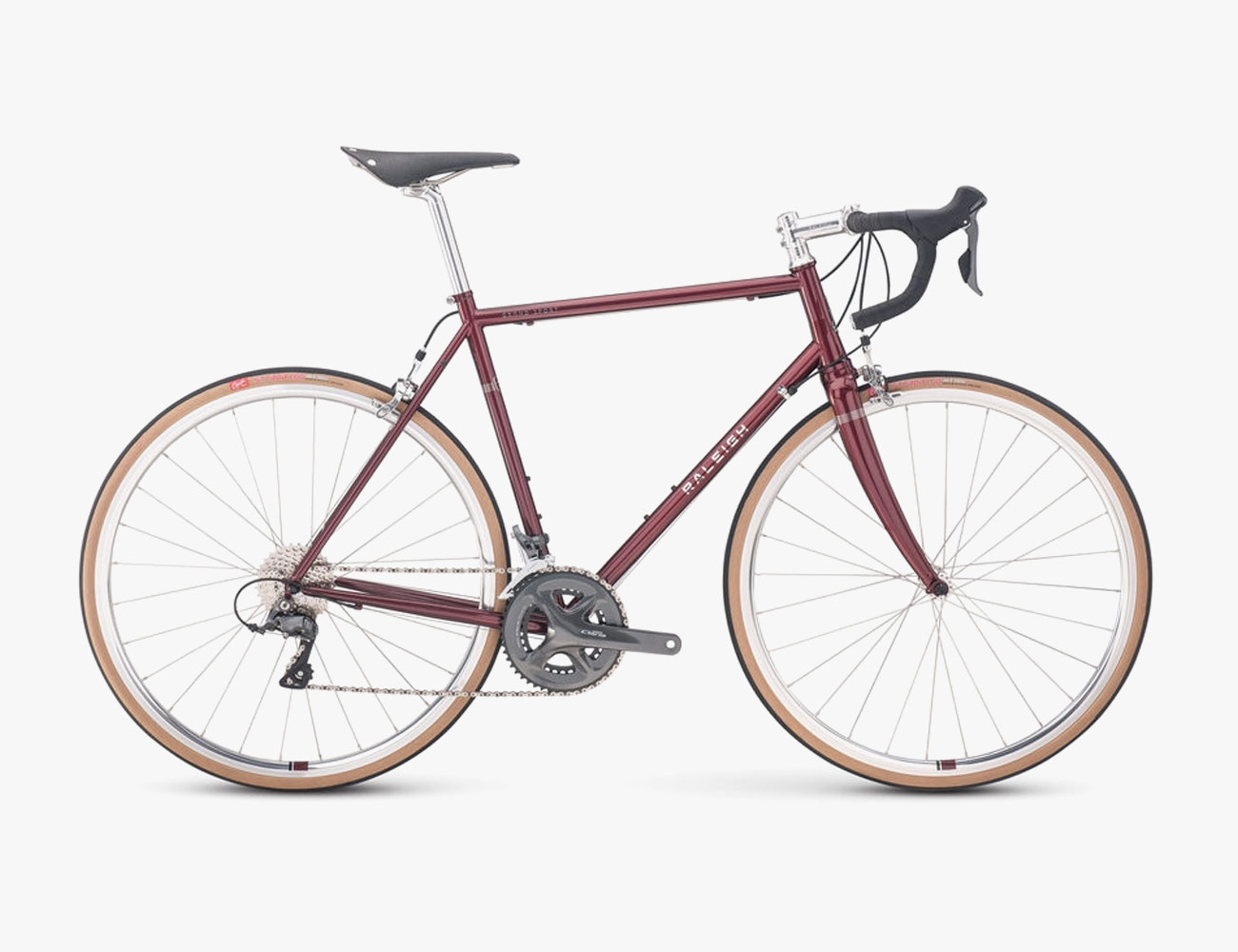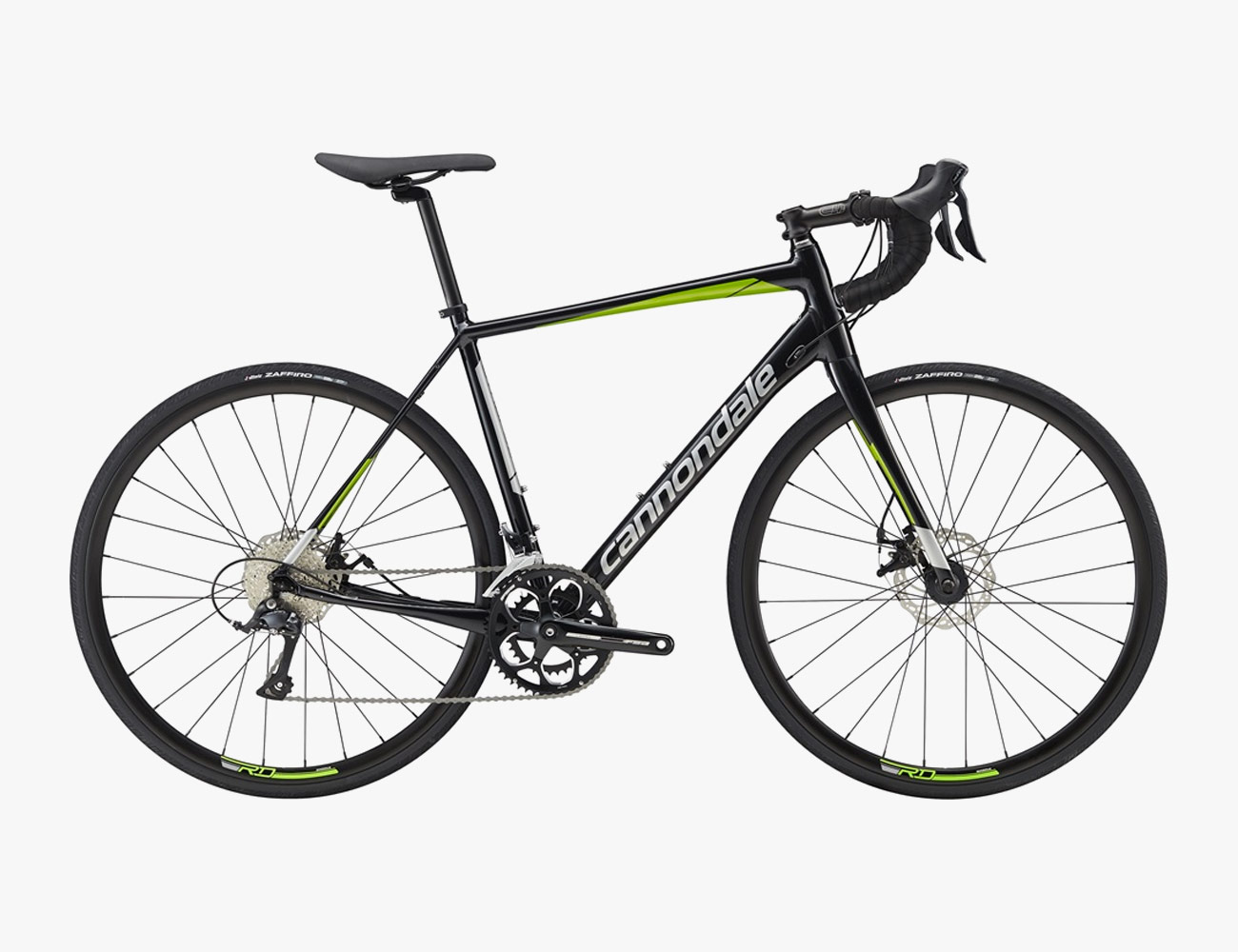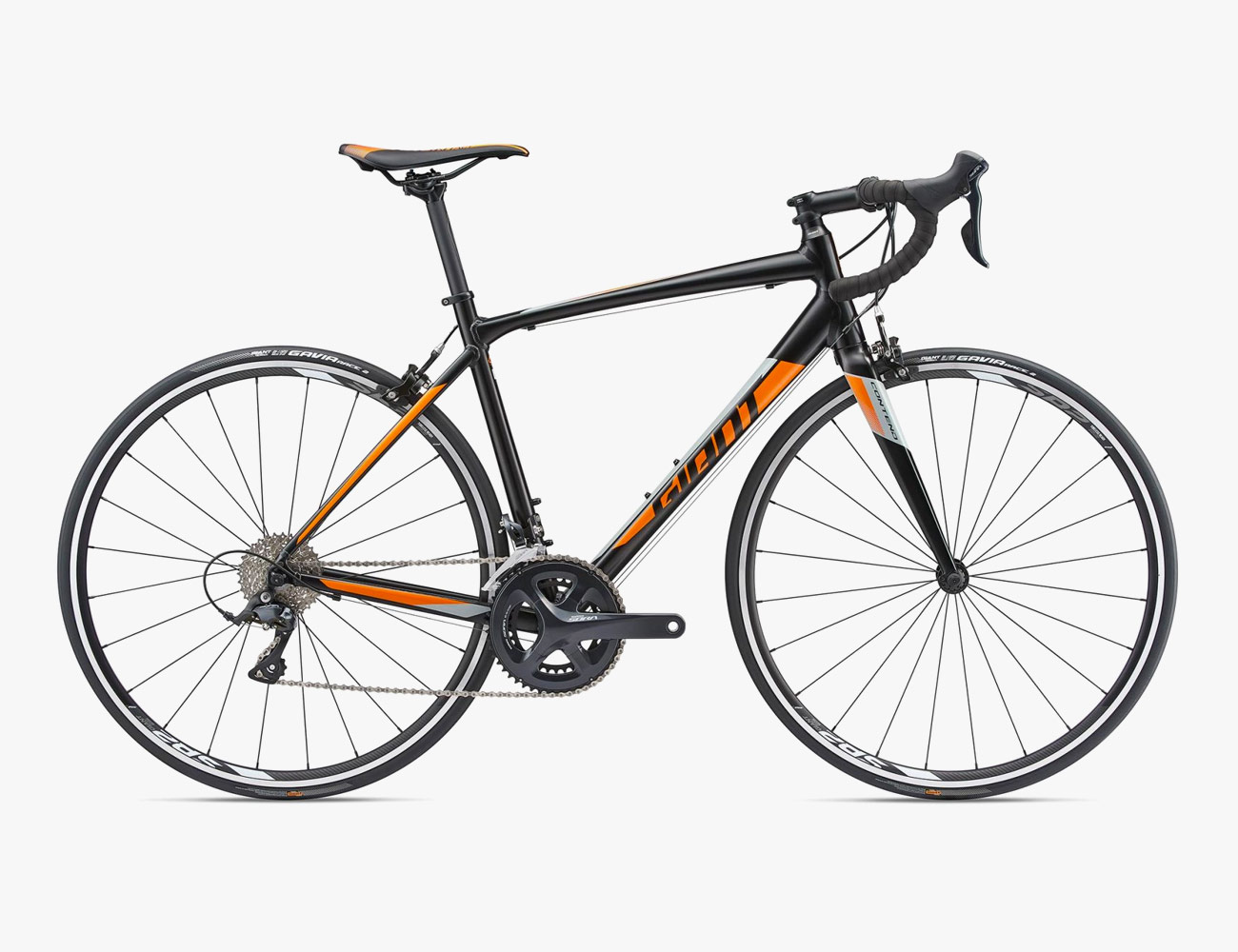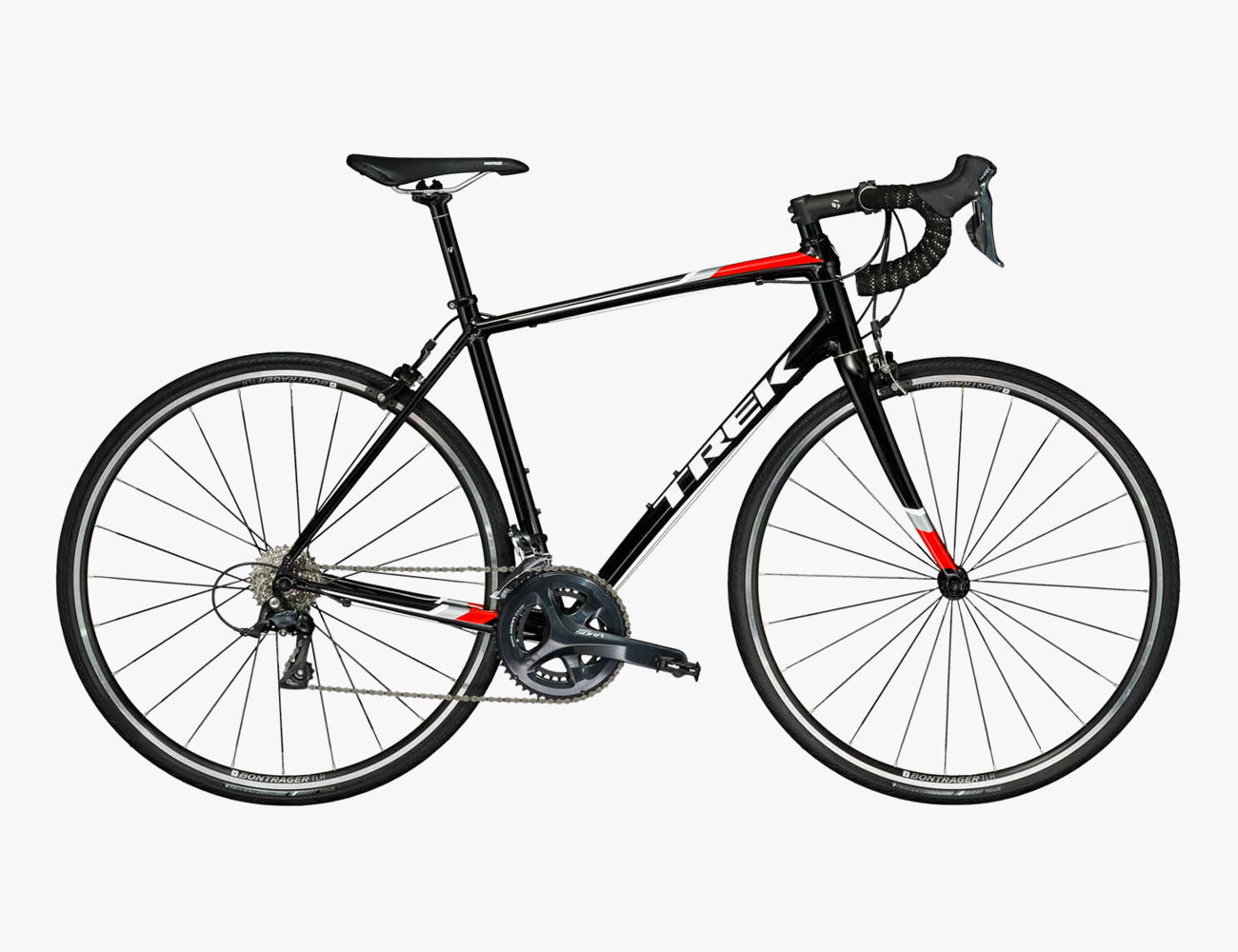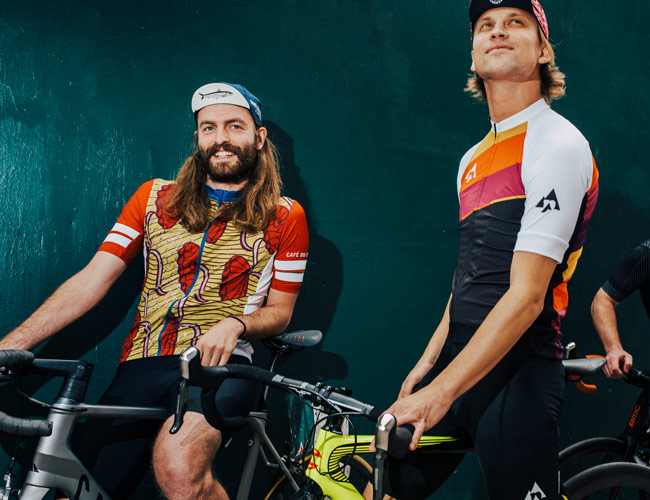This guide to the best road bikes under $1,000 provides eight awesome bikes and also offers tips and advice to know before you buy.
Introduction
If you’re looking to test the waters on whether or not you’re interested in road cycling, the $1,000 price point is a great place to start. You can get a bike that has high-enough quality where it won’t fall apart on you, without dropping two full paychecks. You won’t get a carbon frame, or electronic shifting, or top-of-the-line touchpoints, but what you will get is a feel for riding on skinny tires, tucking into the drop bars and feeling the wind in your face; the freedom that a road bike offers you.
Additional contribution by John Zientek
Important Tips to Know Before You Buy
Groupsets: When purchasing a groupset, price is affected by two elements: weight and quality (durability). As a rule of thumb, when the prices goes up, the weight goes down. Excluding top-tier racing parts, groupsets become more durable the more expensive they get. For the best racing components, durability is overshadowed by the need to shed weight — in other words, the highest-end products will break down faster, but offer top performance when in good shape. Personal taste comes into play when deciding which groupset to purchase, considering the way a rider interacts with the groupset — especially the shifters. Also, there is a certain feel associated with each brand: Shimano feels smoother and SRAM has a definitive “click” into each gear. Campagnolo is on the snappy side, with characteristic “touchiness.” One is not particularly better than the other in terms of performance — it’s more personal preference.
Crankset: A crankset is made up of one or more chainrings which are attached to crank arms. The pedals are attached to the cranks, but aren’t considered part of the crankset. Crank sizes can relate to frame sizes or be adapted to terrain needs, and range from 160mm to 185mm. The most common crankset for road bicycles is a 50/34 ratio, referred to as a compact chain set. The numbers refer to the amount of teeth on each ring (the big and small ring, respectively). The smaller the number, the easier it is to rotate the petals. Also available for road bikes are the larger 53/39 sets used by road racers (bigger number = faster speeds) and the 52/36, mid-compact.
Cassette: The cassette, or cogset as it’s sometimes called, is the set of sprockets that attaches to the hub of the rear wheel. For road bikes, the number of sprockets in a cogset can range from 8 to 11, and the teeth on those cogs can range in number from 11-23 to 11-32. The smaller the range, the more fine-tuned the shifting, where a wide range lends itself well to more varied terrain. The cassette works in reverse of the crankset, where bigger teeth numbers make the riding easier, smaller teeth numbers more difficult (but, of course, faster).
Maintain Your Chain: The size of a chain depends on the size of the cassette and crankset. As the price goes up, chains are made of better materials and are coated to last longer. To cut down on weight for high-end chains, the pins are hollowed out. Because it’s the item that gets the most wear and is often the first replaced, a quality chain and careful chain maintenance is an important part of a groupset. After each ride, it’s good to wipe and/or brush down your chain. If it’s light, warm conditions, that’s probably enough for a daily ride. But, weekly (depending on number of rides), it’s good to use a degreaser and brush to remove grit from the chain. After degreasing, apply a lubricant to the chain, one link at a time. Chain lubes vary depending on road and mountain and general ride conditions — it’s good to talk to a local shop about your particular lubrication needs.
How To Get The Right Fit
Fix Your Posture: While there is no substitute for a professional fit, many feelings of discomfort and soreness simply result from improper riding structure. To get a feel for how you should be sitting on your saddle, stand with your feet about as wide apart as they would be when clipped into your pedals. Bend your knees slightly and lean forward, keeping your back as straight as possible. You should feel the muscles in your lower back activate, along with those in your core. Sticking to this body position while on the bike will help to take the stress off your vertebrae, which is induced by leaning over and bending your spine. It also helps to keep your chest open, allowing for more efficient oxygen intake.
Start with the Saddle: If possible, try out a number of different saddles. Everyone’s body is shaped differently; what’s most comfortable for Chris Froome probably isn’t what’s most comfortable for you. Comfort is subjective, so the more saddles that you can try, the better. Tanner personally recommends Pro’s Stealth saddle, but it may not work for everyone. Saddles with center cutouts tend to be more comfortable when you’re sitting in the correct position with the correct posture on the bike.
Adjust Your Handlebars: As with saddles, it’s best to try out a number of different stem lengths if possible. While sitting with the correct posture, you should be comfortable reaching for the bars without putting too much weight on your hands. If you feel like you’re using too much muscle in your shoulders, or there’s too much weight on your hands, try adjusting your stem up or down using spacers and swapping to a shorter stem.
Buying Guide
- Specialized Allez Sport
- Diamondback Haanjo 3
- State Bicycle Co. Thunderbird
- Marin Argenta Comp
- Raleigh Grand Sport
- Cannondale Synapse Disc Sora
- Giant Contend 1
- Trek Domane AL 3
Best Road Bikes Under $1,000
Editor’s Pick: Specialized Allez Sport
If you’re looking for the absolute best bike for your money in the under $1,000 price point, stop reading and go buy the Specialized Allez Sport. The aluminum SmoothWeld frame is one of the lightest in the category and still maintains great durability. It’s the ideal entry-level bike, and the available colorways (white with black accents or navy with blue accents) are attractive without being overly flashy.
Crankset: Praxis Alba 2D, threaded
Wheels: Axis Sport
Groupset: Shimano Sora, 9-speed
Diamondback Haanjo 3
If you are interested in exploring the burgeoning gravel segment in addition to road riding, the Haanjo 3 is your pick. It comes with wider, knobbier tires and disc brakes (which provide more consistent stopping power in wet conditions). The frame is made from 6061-T6 Alloy which is fully butted for strong welds.
Crankset: FSA Omega Adventure Mega, 46/30T
Wheels: Diamondback Equation
Groupset: Shimano Sora RD-R3000, 9 Speed
State Bicycle Company Thunderbird
For those with legs of steel, I give you the Thunderbird. It’s a single speed, meaning that there are no gears, so if you live in a locale with lots of hills you might want to avoid the Thunderbird. Like the Haanjo, the Thunderbird is well-kitted to take on both road and gravel. It also comes with a carbon fork, which is a nice upgrade at the under $1,000 price point.
Marin Argenta Comp
Marin’s Argenta Comp is about as standard as a road bike comes, but that’s the beauty of it. The 6061 aluminum frame is kitted with serviceable parts that won’t blow you out of the water, but will keep you pedaling for miles upon miles.
Crankset: Shimano R345 Compact, 50/34T
Wheels: Marin Aluminum Double Wall
Groupset: Shimano Sora 9-Speed
Style Rules to Ride By
1. Socks match the kit, match the bike, match the wheels.
2. Bibs always. Shorts never.
3. Keep your junk in your pockets. Nothing looks more disheveled than a tube hanging out the back.
4. Glasses over helmet straps.
5. Six-inch socks, the way the pros do.
6. If you’re wearing arm protection, mind the gap — don’t let the bicep show between jersey sleeve and arm protection.
7. Hats are cool and all, but keep the brim down, unless you’re in Italy.
8. If you’re not a pro, don’t wear a pro team’s jersey.
9. Boldness equates to speed. The faster you go, the more flare you’re granted.
Raleigh Grand Sport
Raleigh’s Grand Sport is an ideal touring bike. At first glance, there isn’t much to say, but take a closer look and you’ll find some truly high-end parts like a Brooks Cambium saddle and Clement Strada gumwall tires. The wheelbase is slightly long, which gives it a planted and stable feel, but also makes the bike feel a bit heavier than others on this list.
Crankset: Shimano Claris Compact 34/50
Wheels: Alloy, Double Wall, 23mm Wide
Groupset: Shimano Claris
Cannondale Synapse Disc Sora
To get a true road bike, with solid parts, a comfortable geometry, a quality alloy frame and disc brakes on top of it all for under $1,000 is pretty staggering. The Synapse Disc Sora is a cousin of the significantly more expensive carbon Synapse Hi-Mod disc, one of Cannondale’s best bikes.
Crankset: FSA Vero Crankset
Wheels: RD Disc, 28-hole
Groupset: Shimano Sora Group
Giant Contend 1
Like the Marin Argenta Comp, the beauty of the Giant Contend 1 is in its simplicity. It’s a basic road bike, Giant is known for making high-quality bikes across all of its verticals. In fact, Giant’s factories are so well regarded that they also make bikes for a host of other brands.
Crankset: Shimano Sora, 50/34
Wheels: Giant SR-2, Tubeless
Groupset: Shimano Sora
Trek Domane AL 3
If there is one brand name in the cycling space that virtually every person knows, it’s Trek. Based in Waterloo, Wisconsin, the brand is by far the most historic and important bike maker in the U.S., and the Domane AL 3 lives up to the brand’s reputation. At its core, the Domane AL 3 is a basic road bike, but it shares a pinch of DNA with Trek’s high-end flagship road bike the Domane SLR.
Crankset: Shimano Sora, 50/34 (compact)
Wheels: Bontrager Tubeless Ready
Groupset: Shimano Sora
Stylish cycling clothes from Rapha, Café du Cycliste, Velocio and more. Read the Story

